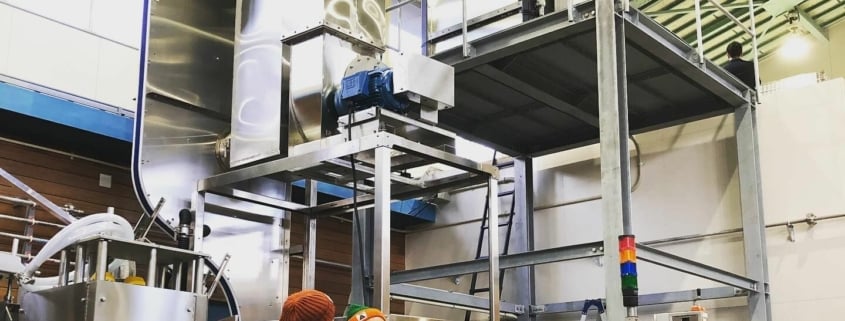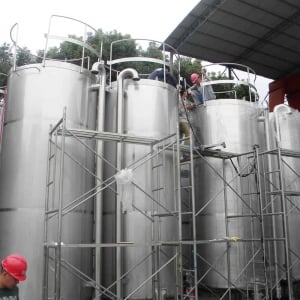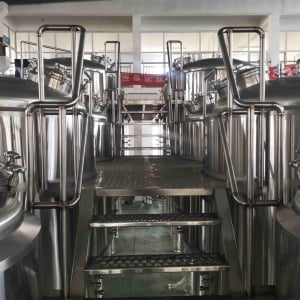Functions and Components of Brewery Vessels
Brewery vessels are crucial components in the beer brewing process. They serve various functions, such as temperature control, mixing, and storage. These vessels come in different sizes, shapes, and designs, depending on the brewer’s specific needs. In this article, we will explore the functions and components of brewery vessels in detail.
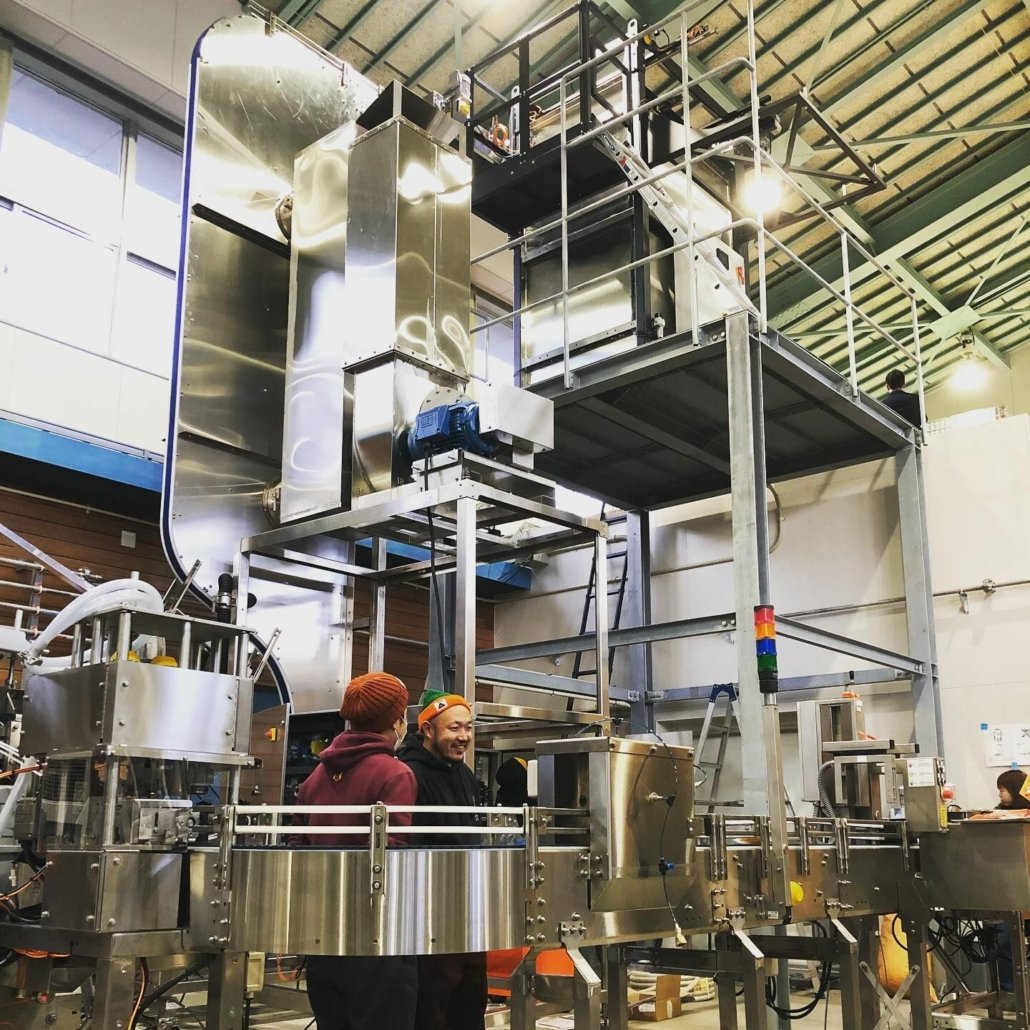
Functions of Brewery Vessels
Mash Tun
The mash tun is an essential vessel used in the beer brewing process for the mashing process, which converts starches into sugars. To maintain the desired temperature and prevent heat loss, the mash tun should have good insulation.
Additionally, a mixer is needed to ensure uniform mixing of the mash. This vessel is critical for the quality of the beer, and without proper temperature control and mixing, the resulting beer may be of lower quality. Therefore, it’s essential to choose a mash tun that meets these requirements to ensure a successful brewing process.
Brew Kettle
The Brew Kettle is a crucial vessel in the beer brewing process, where the wort is boiled with hops to impart flavor and bitterness. It should have a heating element to bring the wort to a boil and a mixer to prevent scorching.
Additionally, it is essential to maintain a constant temperature and aeration to promote yeast growth. After boiling, the wort is cooled before it is transferred to the fermentation vessel. To achieve optimal results, the brewer must pay close attention to the boil time, hop addition, and cooling process.
Fermentation Vessel
The fermentation vessel is a crucial component in the beer brewing process. To ensure proper fermentation, the vessel must meet specific requirements.
Firstly, it should be airtight to prevent contamination. This is achieved by using a well-sealed lid and gasket. Secondly, it should have a temperature control system to maintain a constant temperature. Temperature is critical for yeast activity, and even a slight variation can significantly affect the quality of the beer.
To remove the carbon dioxide produced during fermentation, the vessel should have a device such as an airlock or blow-off tube. These devices allow the gas to escape while preventing oxygen and other contaminants from entering the vessel.
In addition to these requirements, the fermentation vessel should also be easy to clean and sanitize. This is achieved by using materials that are resistant to corrosion and contamination. Stainless steel is a common material used for fermentation vessels due to its durability and easy-to-clean properties.
Lastly, the vessel should have a capacity that matches the brewer’s needs. The vessel should be large enough to accommodate the volume of wort while leaving enough headspace for the foaming that occurs during fermentation.
In conclusion, the fermentation vessel plays a critical role in the beer brewing process, and meeting the above requirements is essential for a successful fermentation. Proper temperature control, an airtight seal, and a device to remove carbon dioxide are all crucial for a healthy fermentation. The use of durable and easy-to-clean materials and an appropriate vessel size are also important factors to consider.
Brite Tank
The Brite Tank is a crucial vessel for conditioning and carbonating beer after fermentation. To ensure optimal performance, it must be airtight and have a pressure control system.
Additionally, it should feature a device for removing yeast and other solids that settle at the bottom. To carbonate the beer to the desired level, the pressure control system should be capable of precise adjustments. Once the carbonation process is complete, the beer can be transferred to a storage tank for further aging. Proper maintenance and cleaning are essential to prevent contamination and maintain the quality of the beer.
Storage Tank
The storage tank is a critical component in the beer brewing process as it provides a place to store the finished beer before packaging or serving. To ensure the quality of the beer, the storage tank should meet certain requirements.
Firstly, it should be airtight to prevent contamination. Additionally, it should have a temperature control system to maintain the desired temperature. Furthermore, it should have a device to monitor the pressure and level of the beer. Proper maintenance of the storage tank is essential to ensure the quality of the beer.
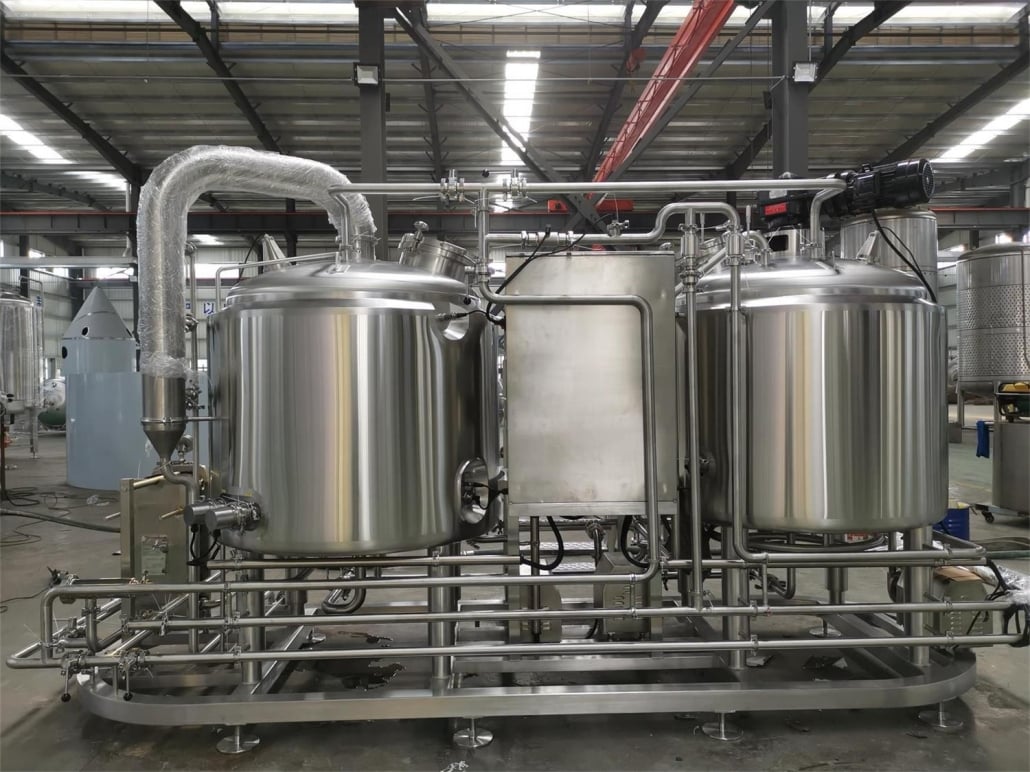
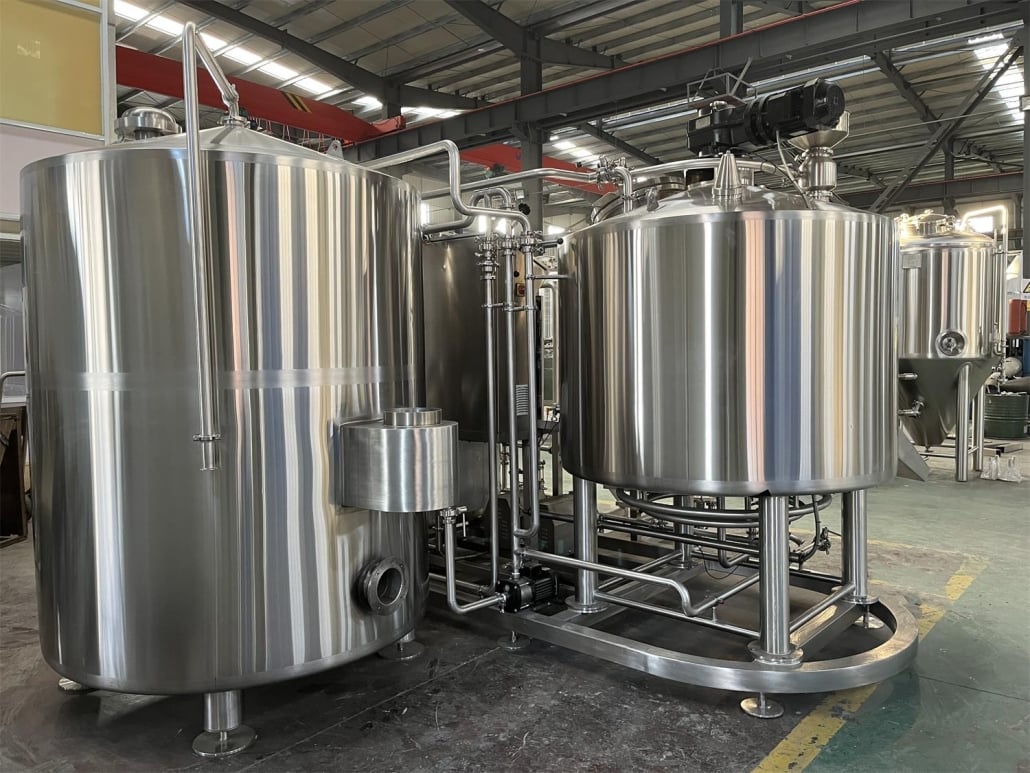
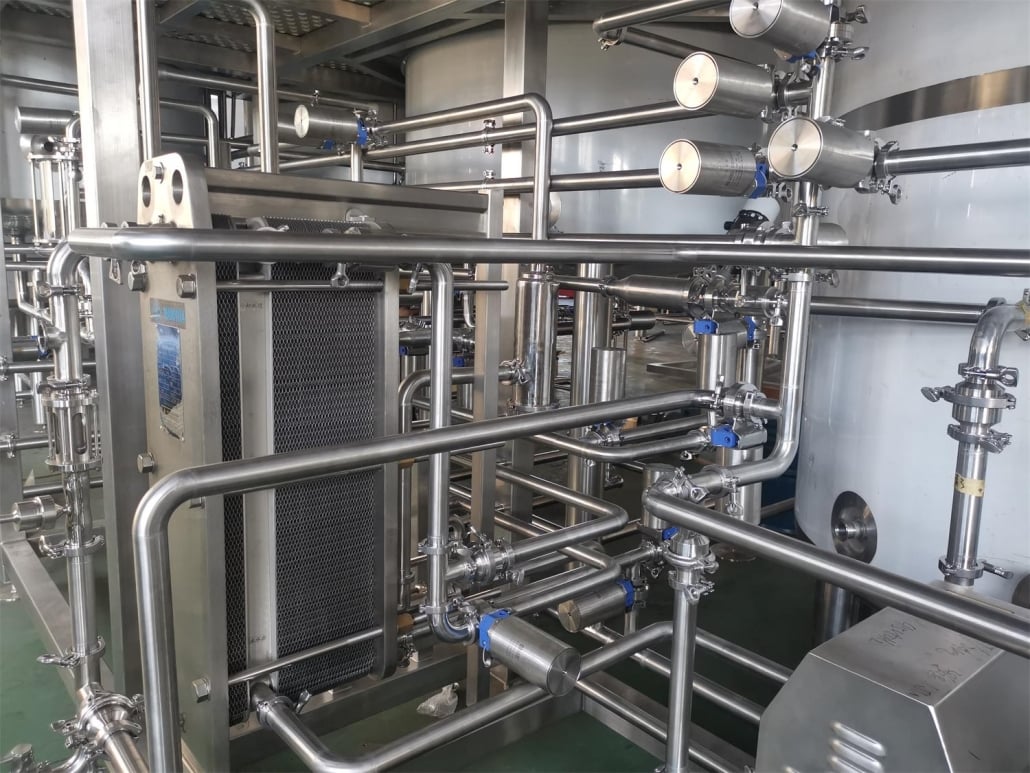
Components of Brewery Vessels
Valves
Valves are essential components in brewery vessels, used to control the flow of liquids and gases. They play a crucial role in maintaining the quality of the beer by ensuring proper mixing and temperature control. Different types of valves are used in brewery vessels, such as ball valves, butterfly valves, and diaphragm valves.
Ball valves are commonly used in brewery vessels due to their durability and ease of use. They have a spherical ball with a hole in the center, which is rotated to control the flow of liquid or gas. Butterfly valves are also popular in brewery vessels due to their compact size and ease of cleaning. They have a disc that rotates around a shaft to regulate the flow.
Diaphragm valves are used in brewery vessels for their ability to prevent cross-contamination. They have a flexible diaphragm that opens and closes to control the flow of liquid or gas. Valves should be made of materials that are resistant to corrosion and contamination, such as stainless steel or brass.
In conclusion, valves are essential components in brewery vessels that play a critical role in maintaining the quality of the beer. Different types of valves are used, such as ball valves, butterfly valves, and diaphragm valves, each with their own unique advantages. Valves should be made of materials that are resistant to corrosion and contamination to ensure the quality and safety of the beer.
Pumps
When it comes to brewery vessels, pumps are essential components that play a crucial role in transferring liquids from one vessel to another. Centrifugal pumps and positive displacement pumps are the two most commonly used types of pumps in breweries.
Centrifugal pumps are widely used due to their simplicity and ease of maintenance. They work by spinning an impeller that creates centrifugal force, which moves the liquid. These pumps are ideal for transferring liquids with low viscosity, such as wort and water.
Positive displacement pumps, on the other hand, are better suited for transferring liquids with higher viscosity, such as beer and yeast. These pumps work by trapping the liquid between two moving components, such as gears or lobes, and pushing it through the pump.
When selecting a pump for a brewery vessel, it is important to consider the flow rate, head pressure, and the specific characteristics of the liquid being transferred. The pump should also be made of materials that are resistant to corrosion and contamination.
In summary, pumps are critical components of brewery vessels that play a vital role in transferring liquids. Centrifugal pumps and positive displacement pumps are the two main types of pumps used in breweries, and their selection should be based on the specific needs of the brewing process. Careful consideration should be given to the flow rate, head pressure, and materials used in the pump to ensure efficient and effective liquid transfer.
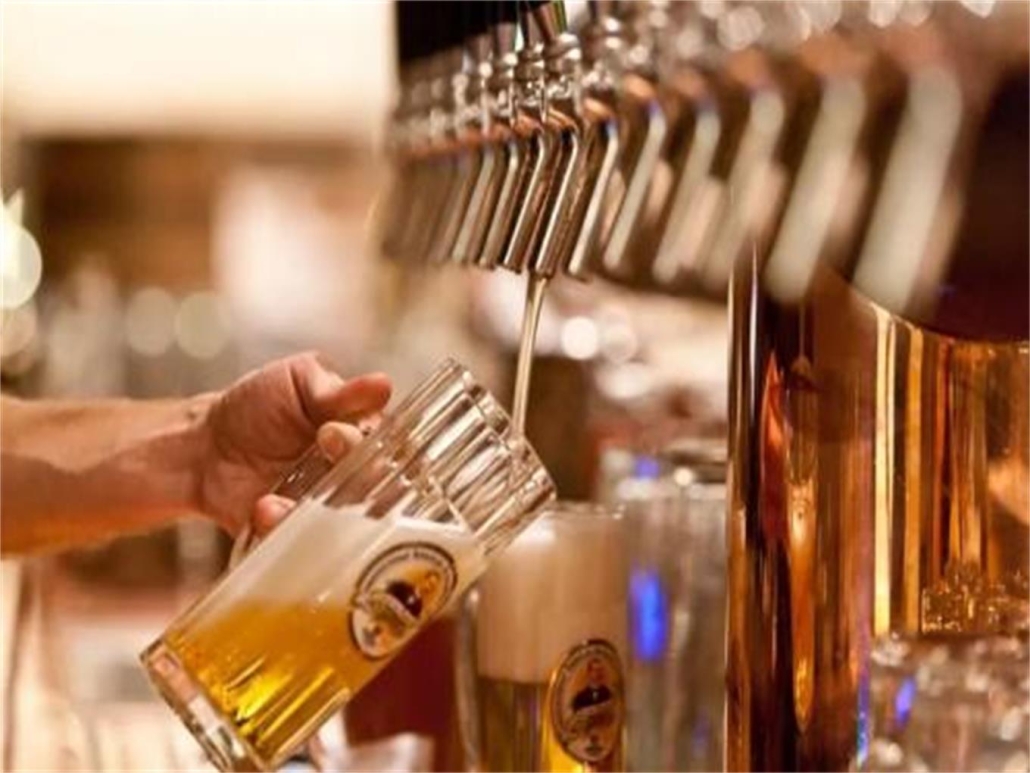
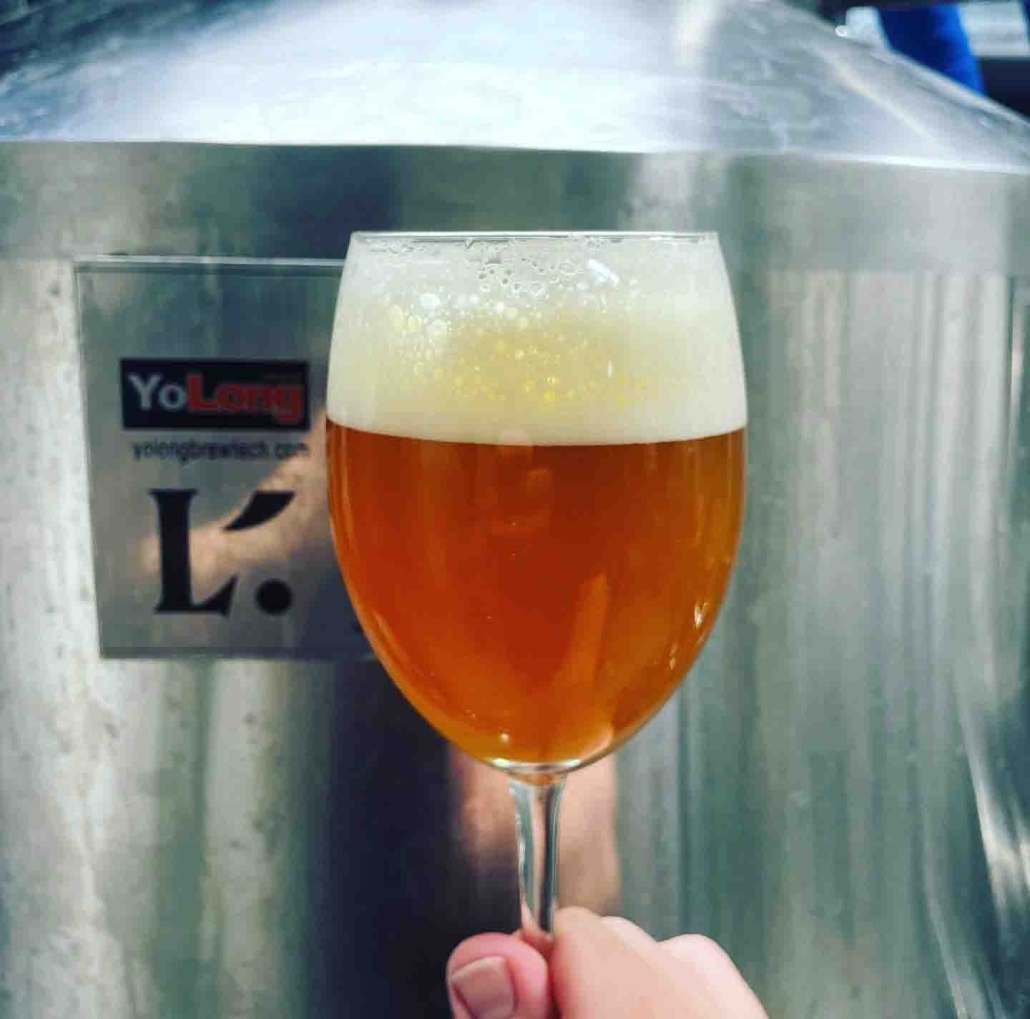
Fittings
Fittings are essential components of brewery vessels that connect pipes, valves, and pumps. Different types of fittings, such as tri-clamp, threaded, and welded fittings, are used for different purposes. It is crucial to use fittings made of materials that are resistant to corrosion and contamination to ensure the quality of the beer.
Tri-clamp fittings are popular in the brewing industry because they are easy to install and disassemble, and they provide a tight seal. Threaded fittings are used for low-pressure applications and are easy to install, but they can be difficult to disassemble. Welded fittings are permanent and provide a strong connection, but they are difficult to modify.
When selecting fittings for brewery vessels, it is essential to consider factors such as the type of fluid being transferred, the temperature and pressure requirements, and the compatibility of materials. Proper installation and maintenance of fittings are crucial to prevent leaks, contamination, and equipment failure.
In conclusion, fittings are critical components of brewery vessels that ensure the smooth transfer of fluids between different components. The selection, installation, and maintenance of fittings are crucial to ensuring the quality and safety of the beer produced.
Conclusion
Brewery vessels play a critical role in the beer brewing process. They serve various functions, such as temperature control, mixing, and storage. The components of brewery vessels, such as valves, pumps, and fittings, should be made of materials that are resistant to corrosion and contamination to ensure the quality of the beer.
Thank you for reading this blog about Brewery vessels. If you’re looking for a high-quality, durable, and easy-to-use Brewery vessels, we recommend the brewing equipment brand Yolong Brewtech. Yolong brewing equipment has a good reputation in the market, and their products’ quality and reliability have stood the test of time. To learn more, visit our product page and browse our brewing system products.

